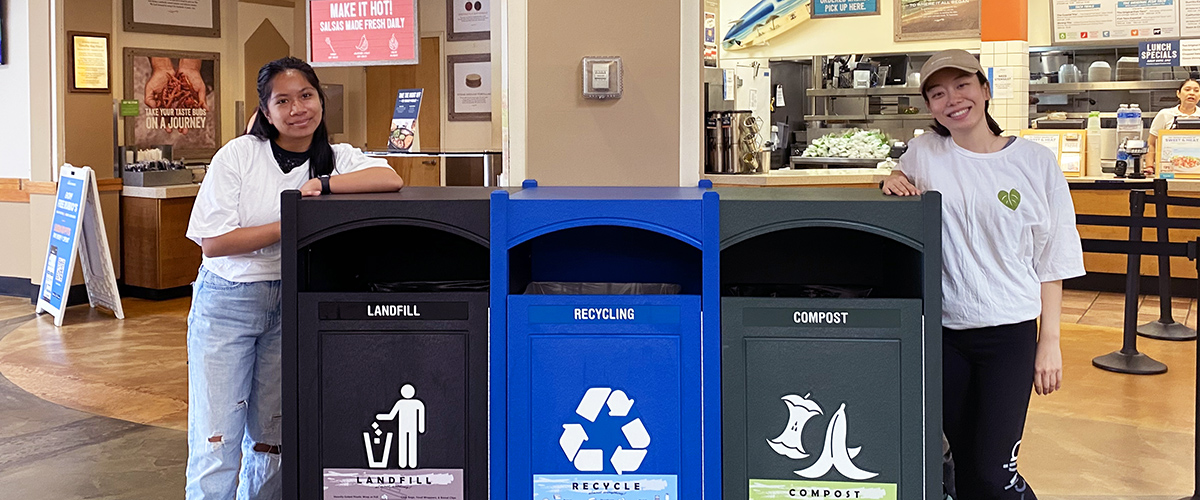Reporting
Climate Action Plan
SDSU adopted a 5-year Climate Action Plan (CAP) in 2017. In 2021, students led a climate strike on campus accompanied by a letter to President de la Torre advocating for more university sustainability and climate action efforts. Read the response to the climate strike letter. The Office of Energy & Sustainability is currently working on a Climate Action Plan Update in 2024. If you have ideas or would like to be involved in the planning, please email [email protected].
CSU Policies and Reports
CSU Executive Order No. 987 is a Policy Statement on Energy Conservation, Sustainable Building Practices, and Physical Plant Management for the California State University. Read the policy. Read a collection of CSU policies and reports related to sustainability.
Listen to Decarbonizing a Sprawling University System by Lindsey Rowell- Cheif of Energy, Sustainability, and Transportation at the Chancellor's Office. The California State University system is the largest public-university system in the country — by some accounts, the largest in the world — with more than a half-million students and some 55,000 faculty and staff, spread across a sprawling network of 23 campuses, from the top of the state to the bottom. Lindsey Rowell is on the hook for developing and implementing a plan to make the entire CSU system carbon neutral by 2045, with minimal use of offsets. Listen to her recent podcast on CSU and carbon emissions below!
California Climate Change Executive Orders
California is a leader in efforts to curb climate change. There are several policies that will move California towards a low carbon economy and society. AB 32 and Executive Order S-3-05 call for 1990 levels by 2020 and 80% 1990 levels by 2050. California’s renewable portfolio standard requires utilities to provide 33% of their electricity from renewable sources by 2020 and 50% by 2030. Learn more about California climate change executive orders.

